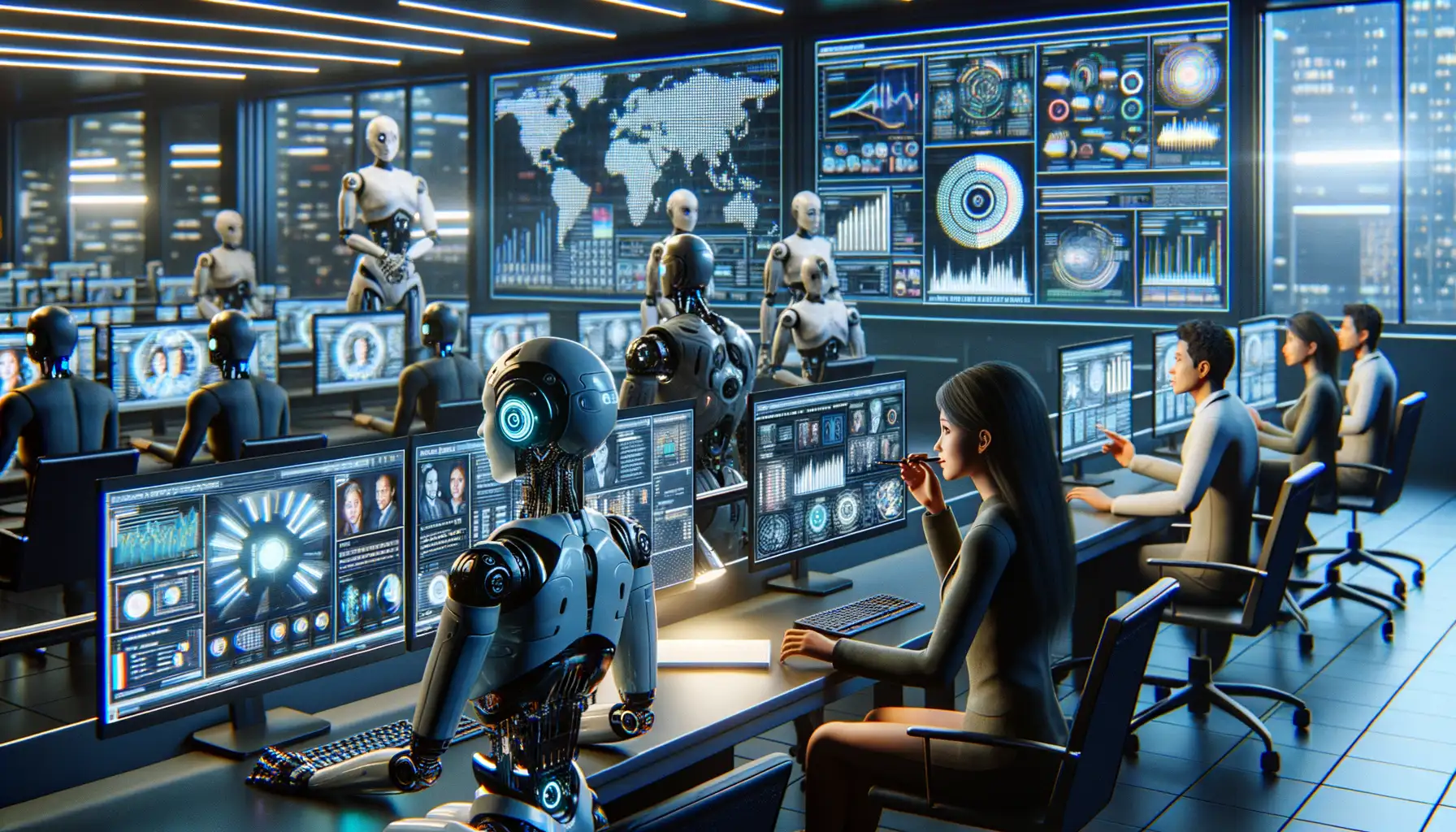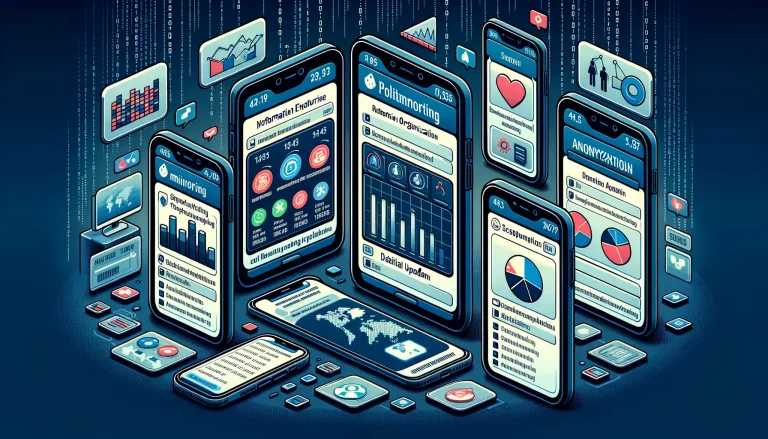Introduction to AI in Journalism
Shaking Up the Newsroom
Imagine walking into a newsroom where stories are being crafted not just by journalists, but also by algorithms. Sounds like science fiction? It’s not. Today, artificial intelligence (AI) is becoming the silent partner in shaping what you read, watch, and listen to. And it’s not just crunching numbers or spitting out facts—it’s changing the very DNA of journalism.
From sorting through mountains of data quicker than any human could dream of, to generating breaking news reports in seconds, AI is doing the heavy lifting. Have you read a weather update or a financial report lately? There’s a good chance parts of it were written by a bot. But here’s the kicker: it’s not just efficiency. AI tools are weaving personalized narratives, suggesting headlines, and even finding hidden patterns in investigative stories that would be invisible to the naked eye.
- Need lightning-fast election results? AI has got that covered.
- Want to predict which stories will go viral? Meet your new digital crystal ball.
The Thrill—and the Tension
But let’s not kid ourselves—this new era isn’t without its quirks. AI might be fast, but can it capture the gut-wrenching humanity of a frontline war story? Can it deliver that snarky humor or poignant perspective we crave? Maybe not yet. That’s where the magic happens: the dance between human creativity and machine precision.
For journalists, AI feels like both an ally and an enigma—a tool full of potential but also raising questions about their role. While some embrace it as a superhero’s sidekick, others worry: Will we lose jobs? Originality? Or worse, truth?
Every revolution starts with a spark. The fusion of journalism and AI is that spark, lighting the path to what’s next. Buckle up—this ride is just beginning.
Impact of AI on News Production

How AI is Reshaping the Way News is Made
Picture this: a newsroom buzzing not with the clatter of keyboards, but the hum of algorithms crafting stories at lightning speed. That’s the reality we’re stepping into, thanks to Artificial Intelligence. AI isn’t just a nifty tool—it’s flipping traditional news production on its head.
Take repetitive tasks like sorting through breaking news or analyzing vast datasets. With AI, these are no longer time sinks. Algorithms like NLP (Natural Language Processing) scan and summarize articles in seconds, leaving reporters free to chase big-picture stories. And it’s not all about speed—AI is like a savvy editor, spotting trends journalists might overlook. Remember the last financial scandal? Chances are, algorithms sniffed it out long before humans did.
And let’s talk content creation. Tools like GPT models are now penning real-time game recaps and election updates with eerie precision. That doesn’t mean robot journalists are taking over—but they are filling gaps, giving human writers the room to focus on in-depth analysis or investigative stories.
The age-old question remains—can a machine ever replace the spark of human creativity? Maybe not. But it can certainly light the way in the darkest corners of information overload.
Ethical Challenges in AI Journalism

When Truth Meets Algorithms
The rise of AI in journalism brings with it a moral minefield that’s hard to ignore. How do we teach machines—coded by humans with all their biases—to report the truth? An algorithm doesn’t have a conscience; it doesn’t lie awake at night questioning its choices. Yet, here we are, trusting AI with shaping public knowledge. That’s where things get messy.
One glaring issue is the subtle (or not-so-subtle) bias baked into AI models. If an AI system is trained on skewed data, its output will reflect those same inequities. Imagine an AI writing about global politics but prioritizing voices from only one part of the world. Does that sound like fair reporting to you?
- How do we ensure AI respects cultural contexts when crafting content?
- Who’s responsible when AI-based articles spread misinformation—developers, publishers, or the machine itself?
Can Machines Hold Morality?
And then there’s the question of plagiarism. Sure, AI can churn out words faster than a seasoned journalist, but where’s the accountability? It might “borrow” phrases, ideas, or even entire chunks of text without credit. In the age of AI, originality suddenly feels endangered, like an artifact wrapped in glass.
Transparency is another ethical elephant in the room. Should readers know if a story was AI-generated? If so, how prominently should that be disclosed? Picture this: you’re moved to tears by a heartfelt op-ed, only to discover it wasn’t written by a person. Does that diminish its value—or yours? It’s a profound question we need to answer before the narrative slips out of our hands.
The Future of AI in Journalism

Reimagining Storytelling with AI
Picture this: a newsroom buzzing not just with journalists, but also with algorithms tailoring breaking news in real-time. Welcome to the evolving world of journalism, where AI isn’t replacing storytellers—it’s sharpening their tools. Imagine an editor armed with AI-powered assistants that sift through terabytes of data in seconds or interview transcripts automatically condensed into meaningful quotes. It’s not about cold efficiency; it’s about unleashing creative potential.
Consider AI as the Swiss Army knife of modern journalism. Need insights from public sentiment? Tools like *natural language processing* decode it instantly. Want to visualize data trends over decades? Predictive models can craft a compelling narrative. While some fear the rise of soulless machine-generated copy, the truth is, AI thrives on collaboration. A journalist provides the spark; AI fans it into a flame.
- Interactive stories with customized reader experiences.
- Live translation for multilingual global coverage.
- Hyper-local reporting powered by localized AI feeds.
The Human-AI Partnership
But here’s the twist: the future isn’t machines overtaking humans—it’s them walking hand in hand. For every algorithm predicting election outcomes, there’s a journalist asking ‘why.’ For every robot assembling hard facts, there’s a human voice weaving empathy and nuance into the piece. The next chapter of journalism will see AI amplifying trust, ensuring ethical practices while adapting to unique cultural contexts.
The question isn’t “What will AI replace?” but rather, “How can we make room for new horizons?” Exciting times ahead.
Conclusion and Recommendations

Your Role in Navigating the AI Revolution
Picture this: you’re holding a telescope, gazing at the vast galaxy of possibilities that AI brings to journalism. It’s exciting but also overwhelming, right? The good news is, you don’t need to map the entire galaxy on your own. To really harness the power of AI in your work or organization, focusing on a few core practices can make all the difference:
- Embrace AI tools: Start with accessible platforms like automated transcription services or recommendation engines to streamline routine tasks.
- Stay critical: Remember, AI is a collaborator, not a replacement. Balance its efficiency with your human touch for storytelling that resonates emotionally.
- Invest in knowledge: Equip yourself and your team with training on AI ethics and usage—it’s like learning to pilot a spaceship before blasting off!
Taking Journalism to the Next Level
Let’s imagine AI as your co-pilot. You’re steering the ship, and AI handles the heavy lifting—analyzing data, fact-checking, and even generating drafts. But here’s the kicker: no machine can replicate the depth of empathy or the sharp judgment that true journalists bring.
What’s next? Create an editorial process where humans and AI coexist beautifully. Allow AI to suggest—but trust your gut to decide. In this ever-evolving journey, rely on what makes journalism timeless: curiosity, integrity, and courage to tell the messy, beautiful truth, no matter how advanced AI becomes.





